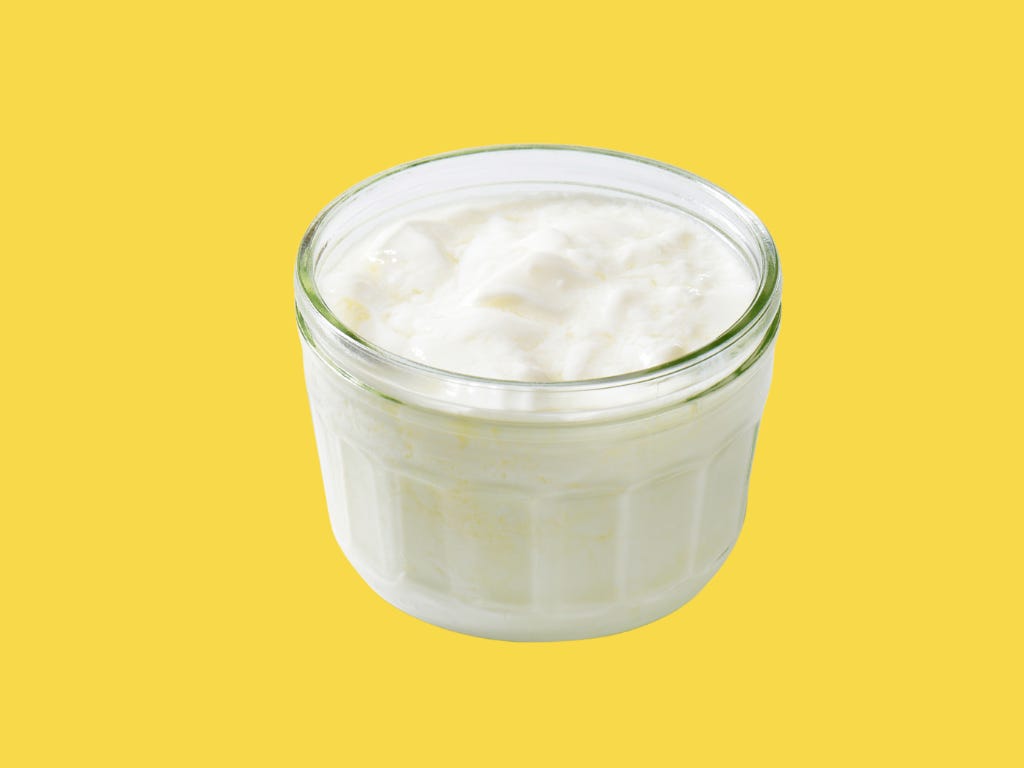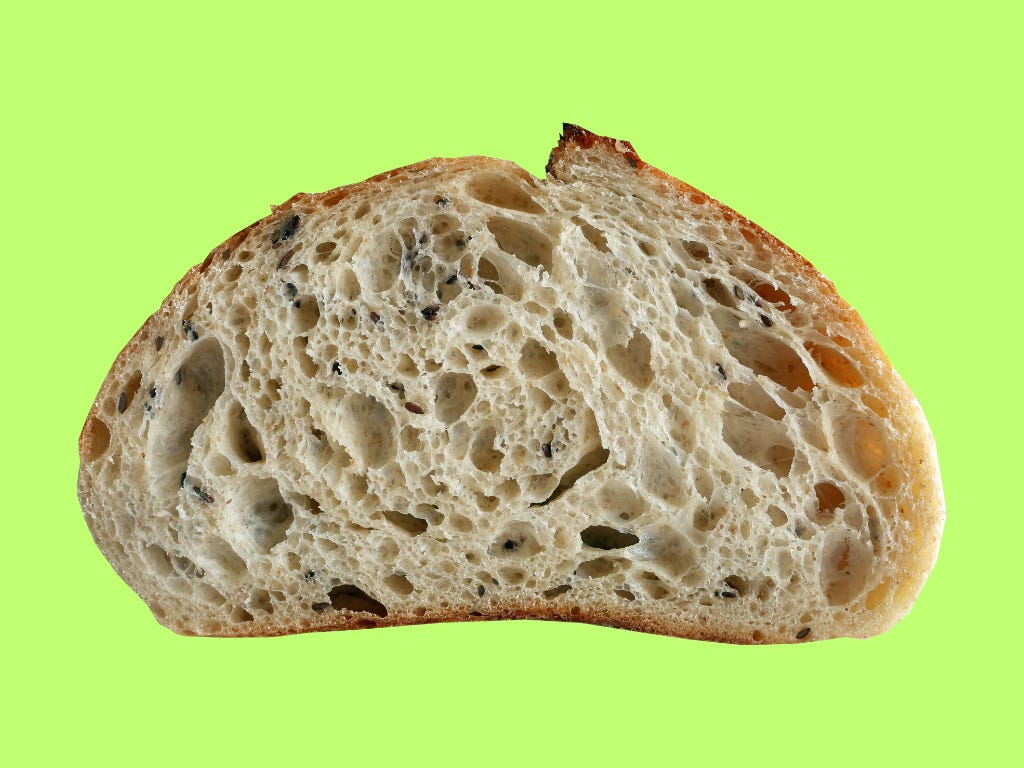We’ve over halfway through our 8 Weeks to a Thriving Gut series - and this week, we’re diving into fermented foods.
So far, we've covered:
The basics of the gut microbiome (Week 1).
The superstar nutrient fibre (Week 2).
Prebiotics, the ultimate fuel for your microbes (Week 3).
Probiotics, what are they and do you really need them (Week 4).
Fermented foods might seem like the latest trendy must-have, but fermentation has been around for thousands of years, even before cooking became widespread.
Unlike fire, which required tools and skill to control, fermentation happens naturally when food is left in the right conditions.
This process not only preserved food for longer but also made it easier to digest and unlocked more nutrients, like vitamins and minerals, likely giving early humans an edge for survival and speeding up human evolution - an interesting theory!
Here’s what we’ll cover today:
What are fermented foods? Discover the difference between ‘live’ and ‘dead’ ferments - and why both matter.
The latest science: The benefits of eating fermented foods, the best types to focus on, and how much to eat.
Your action for the week: Practical ideas on how to add fermented foods to your meals, along with simple recipe suggestions to make your own.
What is a fermented food?
This process often lowers the food's pH, acting as nature’s preservative, and creates healthy compounds.
Some fermented foods contain live microbes (like yoghurt or kimchi), while others (like bread or pasteurised products) do not.
Here’s how I break them down - into ‘live’ ferments and ‘dead’ ferments. These aren’t technical terms, just a simple way to think about it.
Live ferments
These foods still contain live microbes when you eat them, and can (but not always) introduce new variety to your resident gut microbes.
Examples include:
Kefir: A tangy, drinkable yoghurt.
Kimchi: Spicy fermented cabbage.
Yoghurt: Made with live bacteria like Lactobacillus.
Sauerkraut: Tangy fermented cabbage.
Kombucha: A fizzy, slightly sweet tea fermented with a SCOBY (Synbiotic Culture Of Bacteria and Yeast).
Dead ferments
So called ‘dead’ ferments are still fermented, but by the time you eat them, the microbes aren’t alive anymore. Heat from cooking or pasteurisation destroys the live microbes during processing.
Examples include:
Sourdough bread (after baking).
Chocolate and coffee beans (after roasting).
Fermented vegetables found on dry-store shelves (heat-treated or pasteurised to make shelf stable).
Despite this, the fermentation process still leaves behind plenty of benefits.
The benefits aren’t from live microbes alone…
The benefits of fermented foods aren’t just about live microbes - it’s also about what those microbes do during fermentation:
More nutrients: Fermentation can increase levels of certain vitamins, like B vitamins and vitamin K, depending on the food.
Easier digestion: Fermentation breaks down complex components, such as some of the gluten and FODMAPs in sourdough, making it easier to digest for those with sensitivities.
Better taste and longer shelf life: Fermentation develops unique flavours and naturally preserves food.
Even when the microbes aren’t alive, early research suggests that their fragments (like parts of their cell wall) likely still benefit your health by interacting with your immune system.
Fermented foods help you…
Eating foods rich in live microbes, like yogurt and kimchi (and also fresh fruits and vegetables, that also contain some live microbes too) may boost brain health, especially in older adults.
A large study found that adults over 60 years old who ate more live microbe-rich foods scored higher on memory and thinking tests.
When you look at fermented foods individually, many, like kombucha, haven’t been well-studied in humans. It’s only recently that researchers have started finding how kombucha impacts human health - with only minor effects on the gut microbiome and metabolism, though small studies suggest it may help with blood sugar control (1,2).
For now, kefir has the most evidence to support its health benefits, from helping with blood sugar control, to early signs of boosting emotional resilience and memory - and can be a great place to start if you’re new to fermented foods.
As with all foods, there’s no such thing as one food that will make (or break) your health.
So choose a variety, and have fun with it - but do start low and slow, gradually increasing how much you’re having.
How much should you eat?
Here’s the million dollar question.
Keep reading with a 7-day free trial
Subscribe to Second Brain to keep reading this post and get 7 days of free access to the full post archives.










